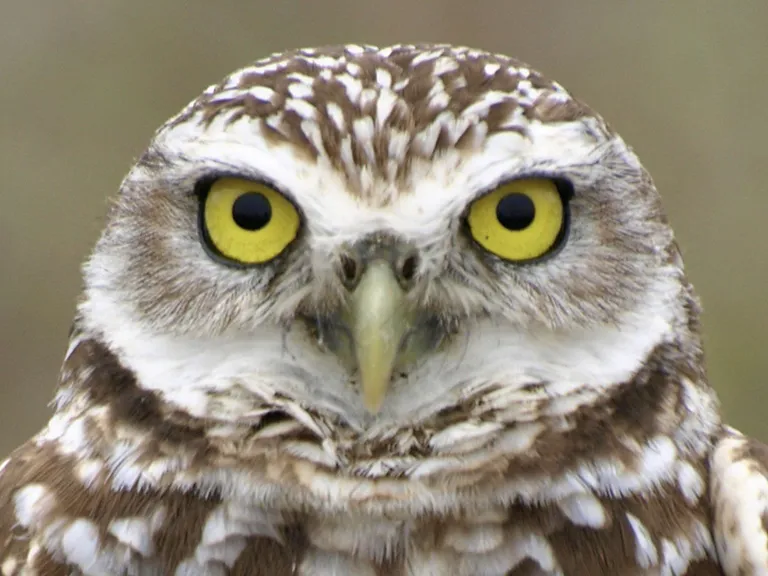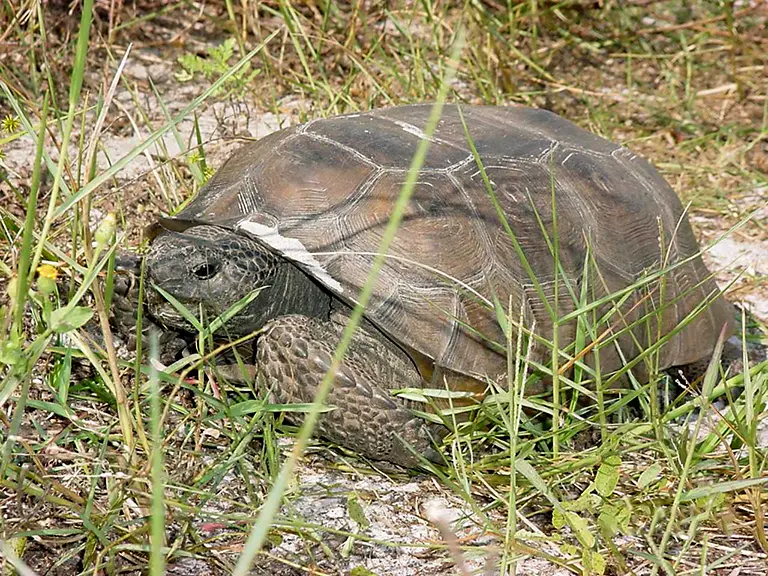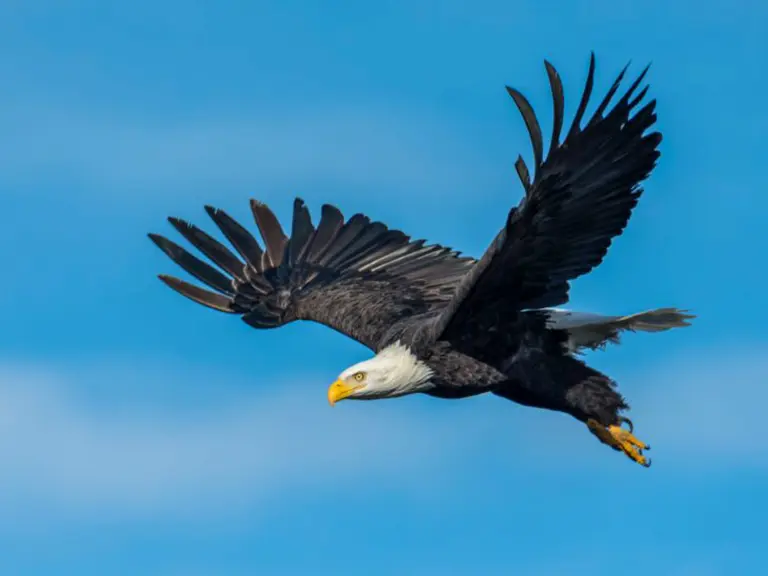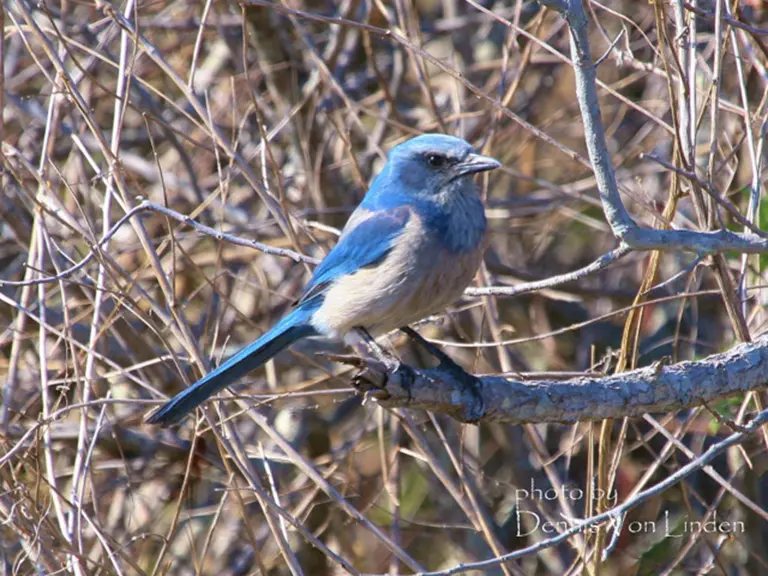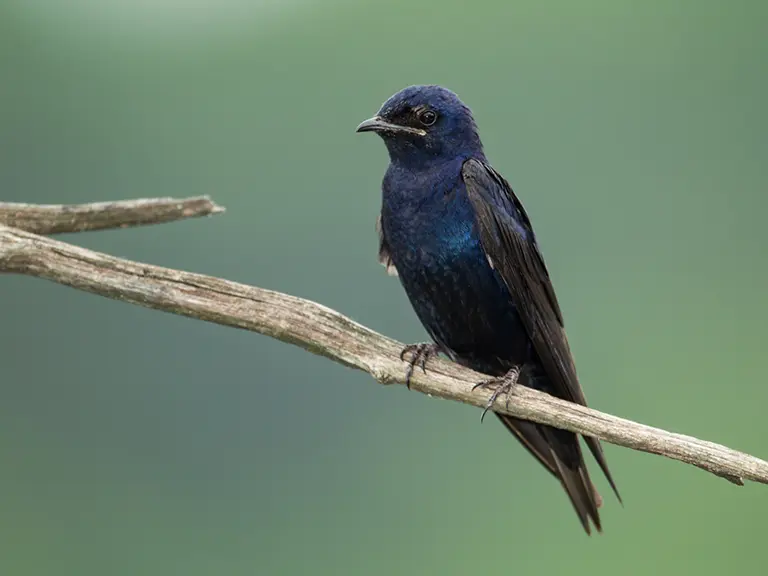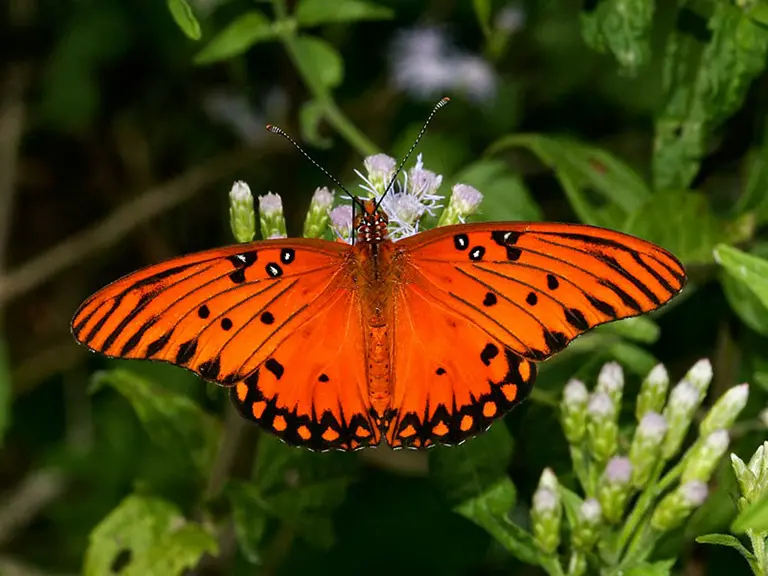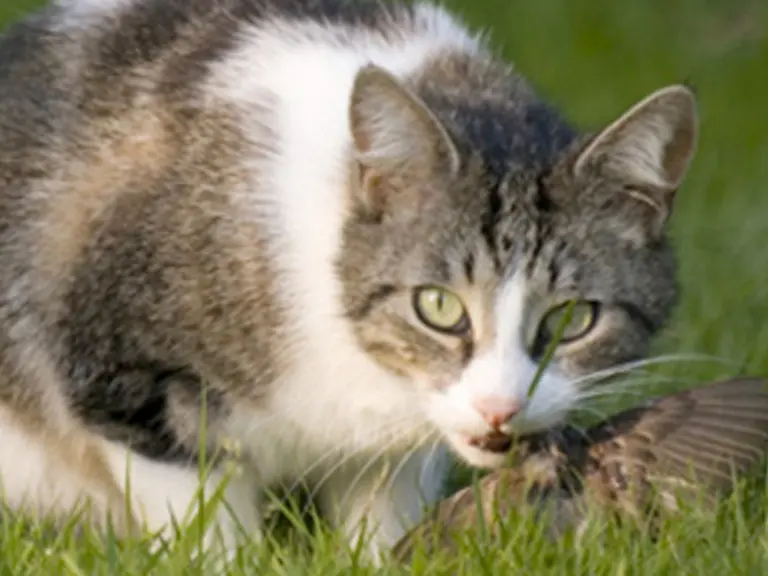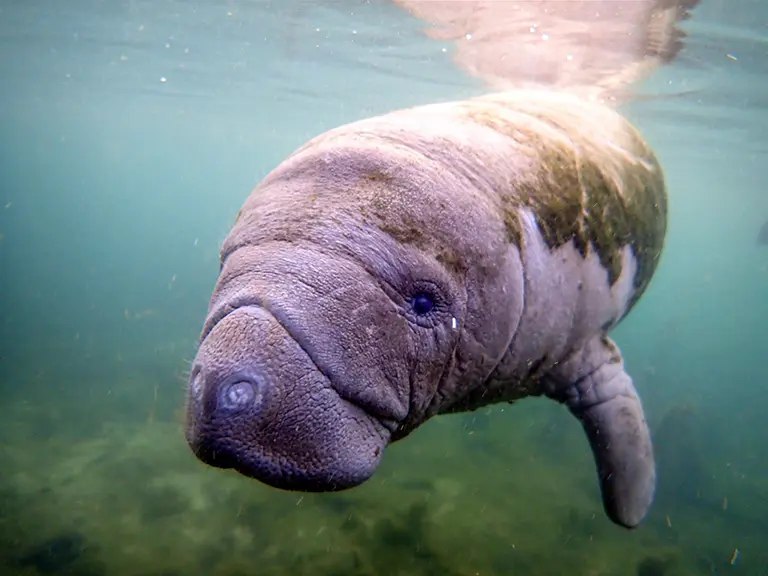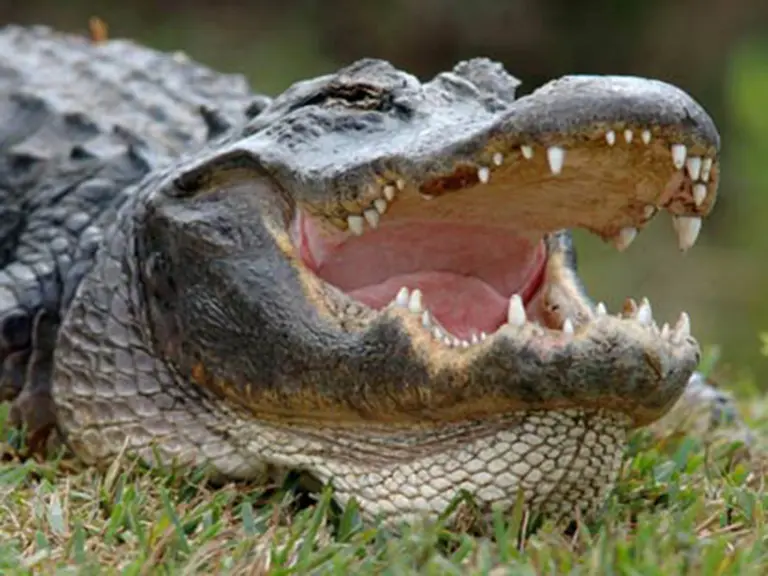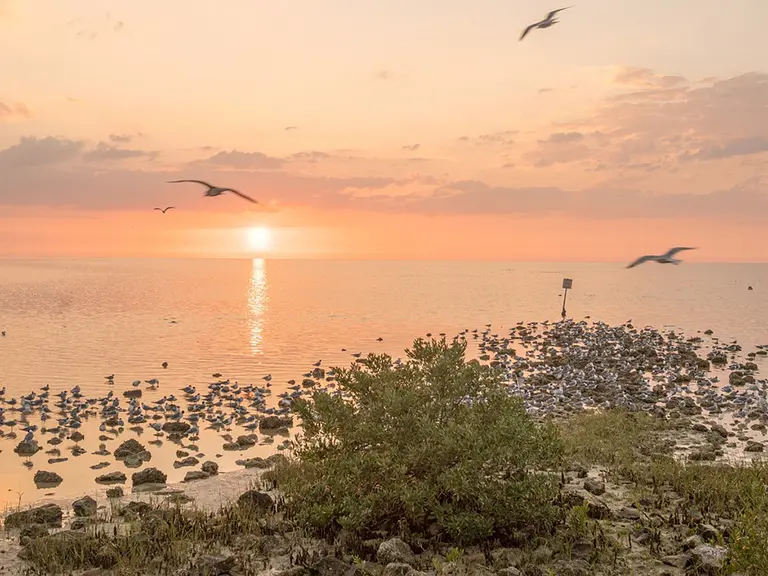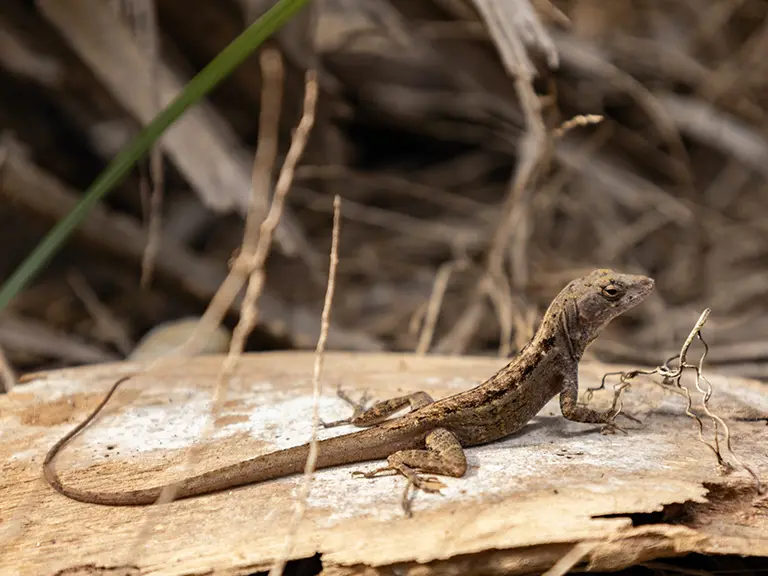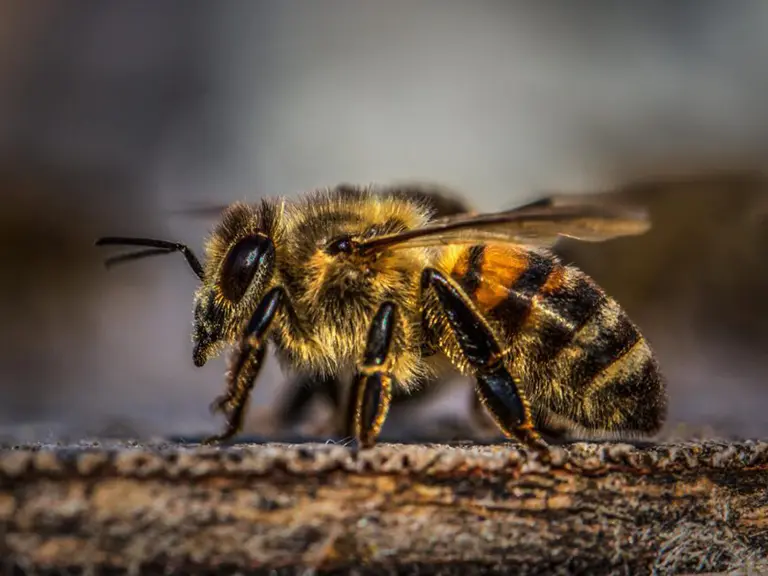Coyotes
Much of the information in this article concerning the Coyote has been provided by Katie McBride, Biologist for the City of Cape Coral.
As with a lot of other animal species, the Coyote is expanding its range. Once only found in the western part of America, now they are found almost everywhere in North America including Cape Coral.
“Coyotes have not come to Cape Coral to terrorize the residents.” They have come because of humans have changed the landscape forcing Coyotes to expand their territories.
“Coyotes are about the size of a medium-sized dog, weighing about 25-35 pounds. They are tall and lean, and are a grey and brown with red-mottled fir, looking very much like a German Shephard.” They have sharp vision and excellent hearing. They are opportunistic feeders, so if there is food they will hunt, day and night.
While the thoughts of having coyotes in our neighborhoods is scary, they are actually beneficial. “They are a predatory mammal and help keep the balance of the eco-system.” They prefer eating a natural diet of rodents (42%), fruit (23%), rabbits18% and deer (22%), keeping these species in check. But yes, they are known to eat, but do not rely on, livestock, cats, small dogs, pet food and garbage if the opportunity presents itself.
“Coyotes are very shy and tend to stay away from humans. Most of the attacks on humans have been non-life threatening bites from coyotes that are being fed by humans.” There has only been 1 reported fatal attack by a coyote. This occurred in 1981 and was a 3 year-old child that was left alone playing in the yard.
“Coyotes usually have between 4-7 pups per season. The pups stay with the parents for 9 months. Reproduction depends on temperature and food source.” Coyotes normally don’t form packs as thought, but tend to group with 2 parents and the offspring’s forming a family group.
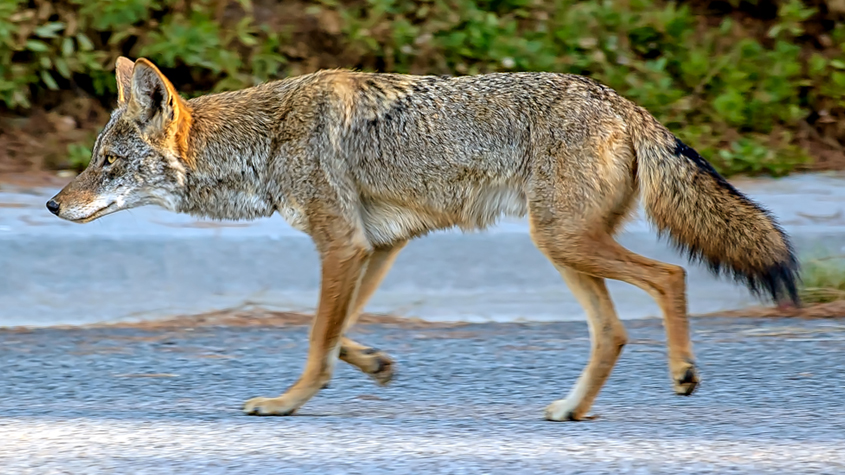
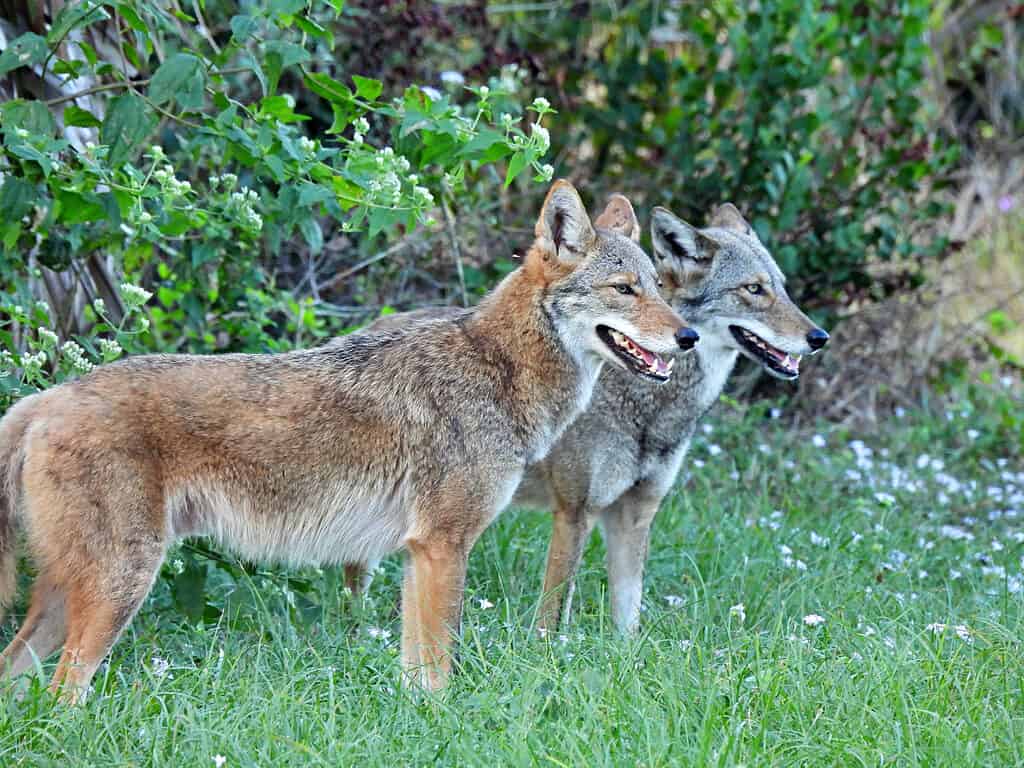
‘So how to you protect yourself and your pets from coyotes?
- Don’t leave pet food outside.
- Don’t leave your garbage outside and open
- If you have fruit trees, pick up the fruit from the ground. The fruit attracts rodents which coyotes eat.
- Never feed a wild animal even if they seem friendly or hungry.
- If you walk a small pet, carry something that will make a lot of noise such as a can with rocks in it or a whistle.
- Don’t let your pets out at night unsupervised
- Remember that Cape Coral has a leash law.
- Don’t feed feral cats
- Teach your children to be SMART about coyotes:
- S – stop when you see a coyote
- M – make yourself big and make noise
- A – attract attention by yelling
- R – retreat: don’t run but back up out of the way.
- T – tell an adult
Reporting coyote sightings. Coyotes are here to stay, so reporting them is not necessary unless:
- They are stalking pets
- They are chasing joggers or bikers
- Attacking leashed pets
Call Florida Wildlife Conservation Commission (FWCC) at 888 404-3922
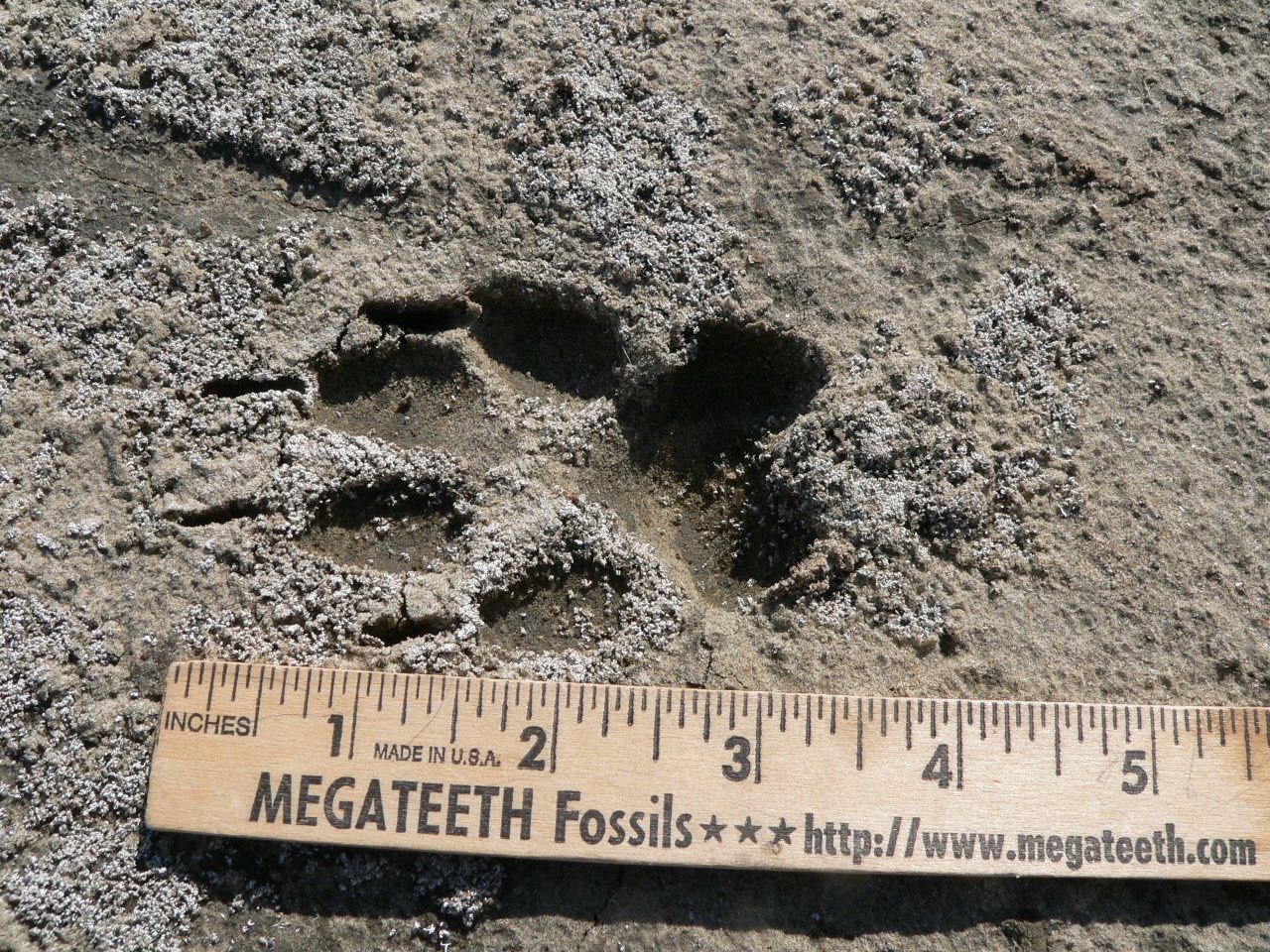
Coyote Tracks
With coyotes, the front foot is larger than the rear foot. They measure about 2 ¼ -2 ¾ inches long and 1 ¾ – 2 3/8 inches wide,
The hind foot measures 2-2 ½ inches long by 1 ½ inches to 2 inches wide.
The tracks of coyotes are smaller than wolves and that of a large dog.

